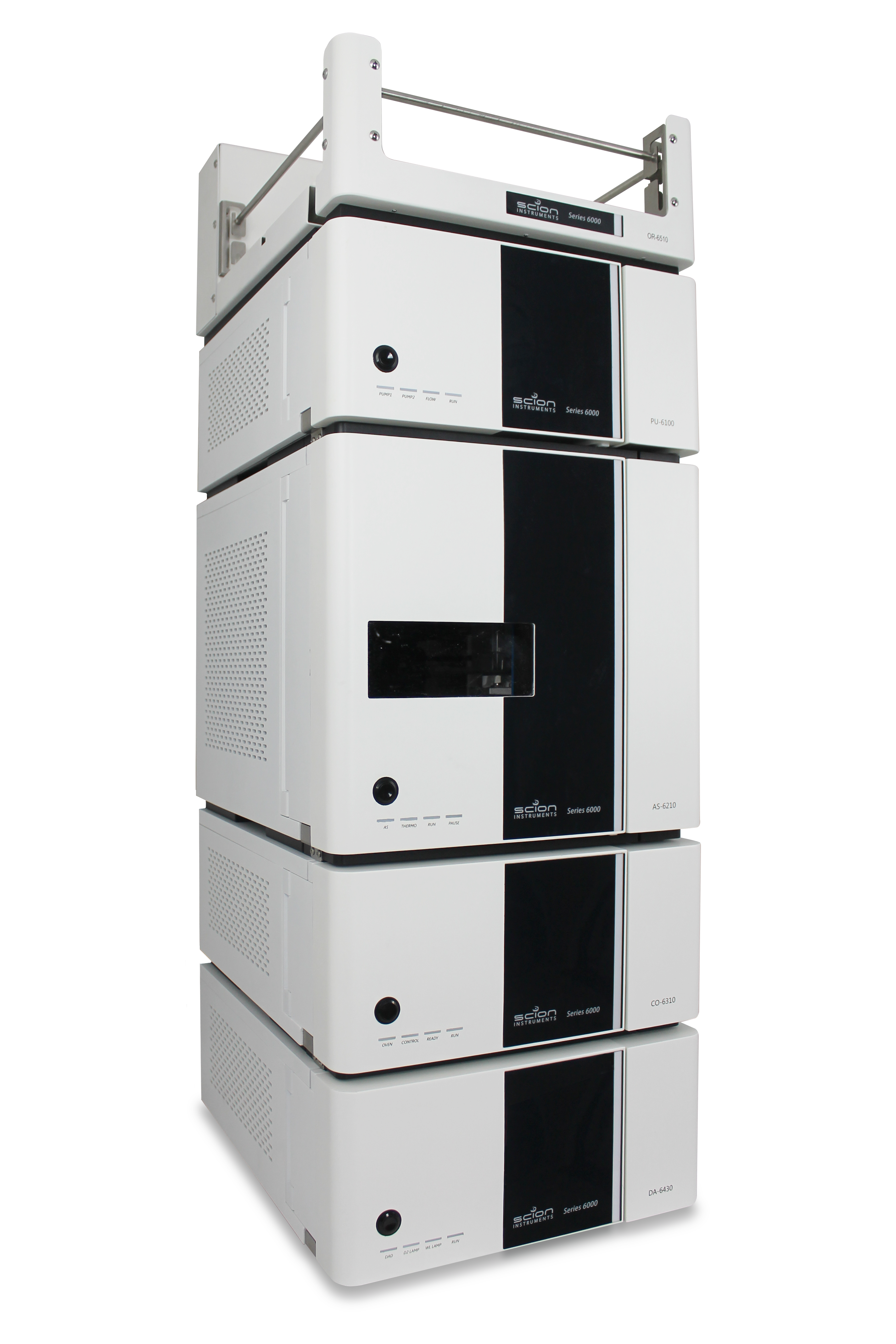High Performance Liquid Chromatography
What is HPLC chromatography?
High-Performance Liquid Chromatography (HPLC) is an advanced analytical technique that separates, identifies, and quantifies individual components in a complex chemical mixture. Its precision, efficiency, and versatility make it an essential tool for accurate chemical analysis.
HPLC operates by partitioning components between two fundamental phases: the mobile phase and the stationary phase. The mobile phase, which consists of a liquid solvent or a mixture of solvents, continuously flows through the system, carrying the sample mixture. Meanwhile, the stationary phase, which is either a solid or a liquid-coated solid material, remains packed inside a column, allowing the mobile phase to pass through while interacting with the sample components.
How to prepare a High Performance Liquid Chromatography Instrument?
Before beginning an analysis, it is crucial to perform several preparatory steps to ensure the liquid chromatography (LC) system functions correctly.
- Turn on the lamp and allow it to warm up, ensuring proper equilibration.
- Purge the system to remove any air trapped within the tubing. To do this, set the purge flow rate to 1 mL/min using the Maintenance Tool and continue flushing until the pressure stabilizes.
- Check for leaks by setting the mobile phase flow to 1 mL/min. Observe the pressure and visually inspect for any leaks.
- Equilibrate the column by maintaining a continuous flow of the mobile phase. To achieve proper equilibration, flush the column with a volume of mobile phase equivalent to 10 to 20 times the column’s volume.
By following these steps, you can ensure optimal performance and accurate results during HPLC analysis.
How to prepare HPLC samples?
Sample preparation plays a critical role in HPLC chromatography since it directly affects the accuracy and reliability of results. To optimize the analysis, follow these guidelines:
- Use the appropriate solvent – Ideally, dissolve the sample in the solvent used for the mobile phase. If using a gradient method, ensure the sample composition matches the starting mobile phase.
- Adjust concentration levels – If necessary, dilute or concentrate the sample to bring the analyte concentration within quantifiable limits.
- Ensure full dissolution – The sample must completely dissolve in the mobile phase solvent; otherwise, split or broadened peaks may appear.
- Filter samples and mobile phase – Filtering prevents contamination, preserving both the integrity of the system and the accuracy of the results.
How does HPLC chromatography work?
First, dissolve the sample in a liquid that shares similar properties with the starting mobile phase. Then, introduce this prepared solution into the HPLC instrument using either a manual injector or an autosampler, which ensures precise and consistent sample delivery.
Next, a high-pressure pump propels the mobile phase and the sample mixture through the system. As the sample moves toward the column, the stationary phase inside the column interacts with the different compounds in the mixture. Because each compound has a unique chemical structure, it interacts differently with the stationary and mobile phases, causing it to travel through the column at a distinct speed. This variation in speed leads to separation, with each compound exhibiting a specific retention time—the time it takes to pass through the column and reach the detector.
How does Hight Performance Liquid Chromatography separate compounds?
The stationary phase in an HPLC column is designed to separate components based on characteristics such as hydrophobicity. By modifying the column’s composition and adjusting the mobile phase, analysts can control the order and speed at which components elute, optimizing the separation process.
Once the compounds exit the column, they pass through a detector, which identifies and quantifies them based on their unique properties. This step provides essential data for analyzing the sample.
How is HPLC used in industries?
HPLC is an incredibly versatile technique, making it a valuable tool in multiple industries.
- Pharmaceutical Development – Scientists use HPLC to verify the purity of pharmaceutical products and quantify active ingredients with high accuracy.
- Drug Testing – Forensic experts rely on HPLC in police investigations to detect traces of drugs in urine samples. It also helps identify and quantify prescription and over-the-counter medications, assisting in determining causes of death.
- Food Production – The agricultural and food industries use HPLC to test for pesticides, preservatives, artificial flavorings, colorants, and other chemical residues, ensuring food safety and consumer protection.
Advantages of HPLC
- Samples can be of volatile or non-volatile in nature
- Superior resolution and rapid analysis capabilities
- Extensive surface area for enhanced performance
- High pressure gradient for efficient separation
- Precise flow rate control
- Exceptional sensitivity with low detection limits
- Minimal sample requirement for analyses
- Versatility across compound sizes
- Automation, facilitating high-throughput analyses and mitigating human errors.
HPLC Instruments from SCION
The SCION LC6000 HPLC delivers exceptional precision and accuracy, meeting the analytical needs of researchers and laboratories. Designed for long-term performance, the SCION HPLC series ensures reliable results while maintaining low operational costs. Its robust design enhances uptime and boosts productivity, making it a trusted choice for professionals.
Check out the video below featuring our senior product manager as she delves into the capabilities of the LC 6000.
Product Overview LC6000 High Performance Liquid Chromatograph
Additional guides:
Guidelines for HPLC Column Handling
Liquid Chromatography Detectors – The Different Types of HPLC Detectors

